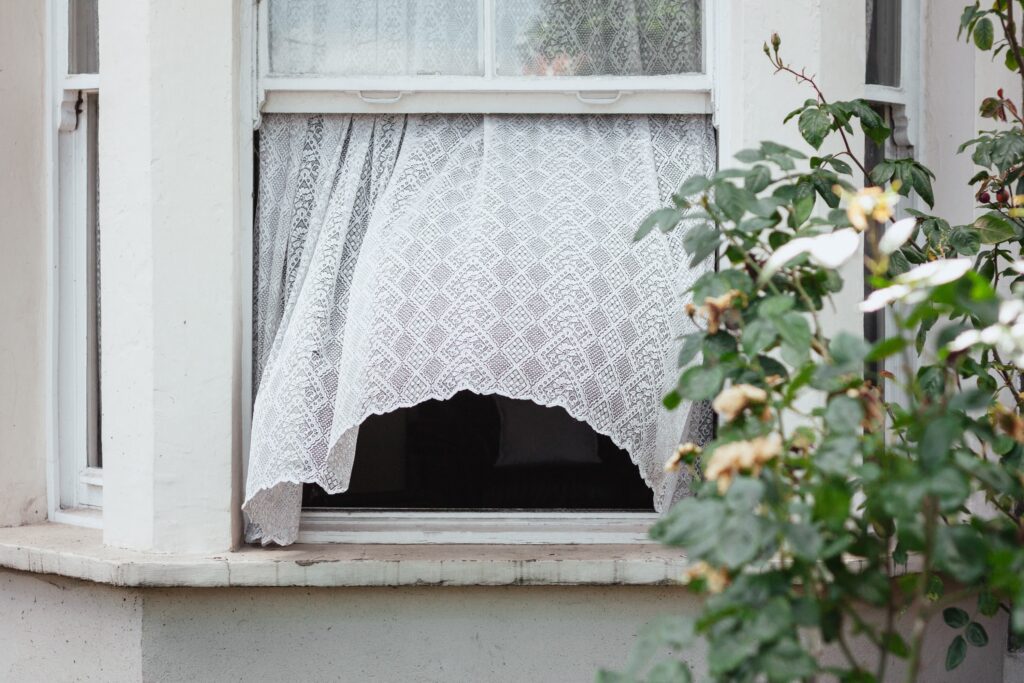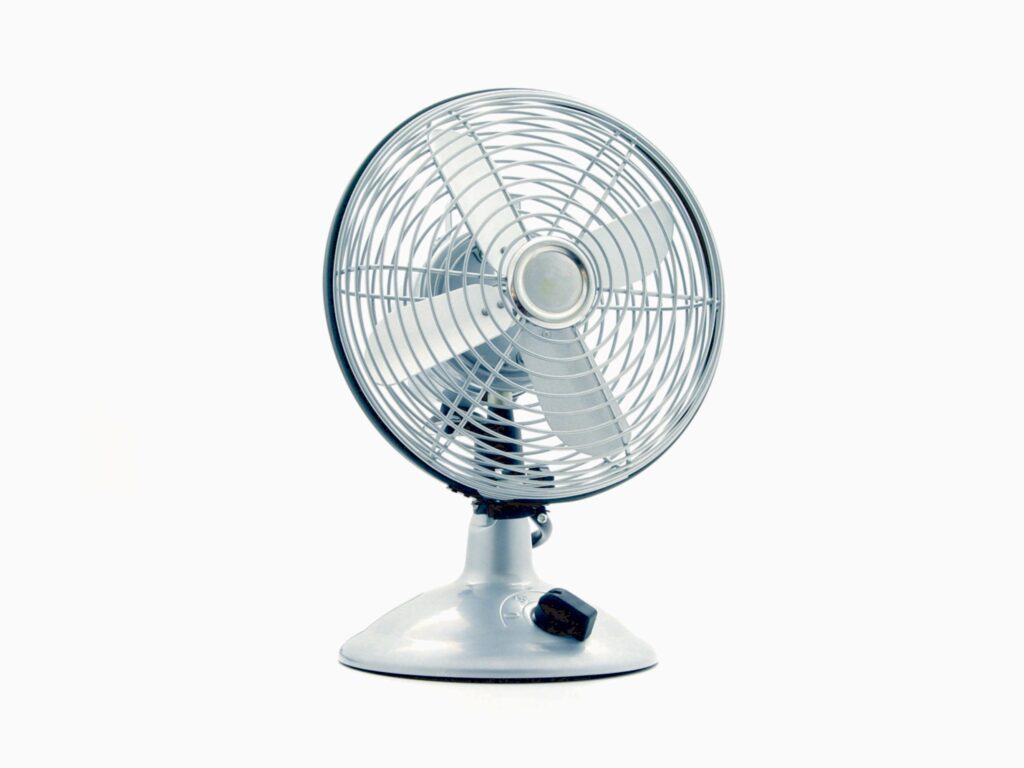You may have heard people say that mould is a fact of life, especially in humid or wet environments. And while it’s true that mould spores are everywhere, there are things you can do to prevent them from becoming a problem in your home, workplace, or school. And one of the most important things you can do is to ventilate your living and working spaces regularly.

What is ventilation? Why ventilate to manage mould?
Ventilation is an important process for achieving and maintaining good air quality in enclosed spaces like homes, workplaces, schools and even our vehicles. By ventilating regularly, it removes damp air which is key to combatting mould accumulation, which thrives in humid environments.
Regular ventilation helps to bring in fresh, cool air, which can help to reduce stagnant, damp air. Furthermore, ventilation also helps remove moisture build-up that would otherwise promote the growth of mould spores.
Effective ventilation is essential for keeping mould at bay all year round. This is the case no matter what season or type of weather we experience. Additionally, it also helps to circulate fresh air throughout your space. And this can help to improve your overall indoor air quality. The benefits extend well beyond mould risk management to improving health and well-being.
A few benefits of regularly ventilating your living and working spaces
- Regular ventilation helps reduce the buildup of airborne pollutants (smoke, chemicals), helping to keep the air fresh and clean.
- Improved air quality reduces the risk of allergic reactions, asthma attacks, and other respiratory ailments caused by poor indoor air quality.
- Ventilation helps reduce moisture that can cause mould growth and dust mites in rooms without proper airflow.
- If there is enough ventilation, it will prevent too much carbon dioxide from building up. This will help people working in that environment to think and concentrate better.
- The circulation of fresh air helps to limit the spread of harmful microbes like viruses or bacteria thus reducing the risk of infection.
- Proper ventilation helps maintain a more consistent and comfortable temperature and humidity in the space.
- Ventilation also reduces odours from pets, cooking, and smoke that can otherwise accumulate inside a poorly ventilated environment.
Establishing a routine to ventilate
Creating and maintaining a ventilation routine is an effective and easy way to help manage mould and damp accumulation.
To ensure you have the best protection against mould and dampness, ventilation should be employed every day regardless of weather or season. Improved ventilation reduces odours and keeps areas more hygienic for longer periods. It also encourages air circulation, reduces air-borne pollutants such as dust mites/viruses and airborne particles from traffic, smoking or chemicals.

Ventilate by opening windows regulalry or installing systems with adequate exhaust fans in bathrooms, kitchens and living rooms to create direct ventilation to the outside. For vehicles, simply cracking a window for a few minutes can refresh and dry the air on your journey.
Establishing a routine of ventilation suited to your environment will help to reduce the issue of mould and dampness long-term.
Tips on how to ventilate living and working spaces effectively.
Good ventilation of your home, workplace or vehicle is a must . This needs to be established as an ongoing routine to manage mould buildup and the accumulation of dampness. Here are a few easy tips to keep in mind:
- Make sure windows, doors or air vents are regularly opened and then properly sealed when closed.
- Avoid heavy use of moisture-producing appliances such as kettles, washing machines and showers in small enclosed areas. If this can’t be helped, you must actively air out these spaces as much and as often as you can.
- Open curtains during the day to allow in the sunshine to assist with drying the air and make the flow of stale, damp air to the outside even easier and smoother.

- Use fans strategically – they should be used to push warm, damp, stale air out (with the fan facing outwards near the window) and then draw in fresh air (with the fan turned around facing into the room).
- Install outdoor vents for the bathroom, kitchen and laundry areas – this will considerably reduce chances for mould accumulation indoors.
Ventilation is an important part of managing mould and damp accumulation in your home, work, school or vehicle. By establishing a routine of ventilation, you can help to limit these problems all year round, regardless of the season or weather conditions outside. Good ventilation is not only essential for preventing possible mould damage to your property but even more so for maintaining good indoor air quality and protecting your health (and the health of others).
So next time you see the first sign of condensation on your windows, open a window and let some fresh air in! And then make sure that you do this every day!